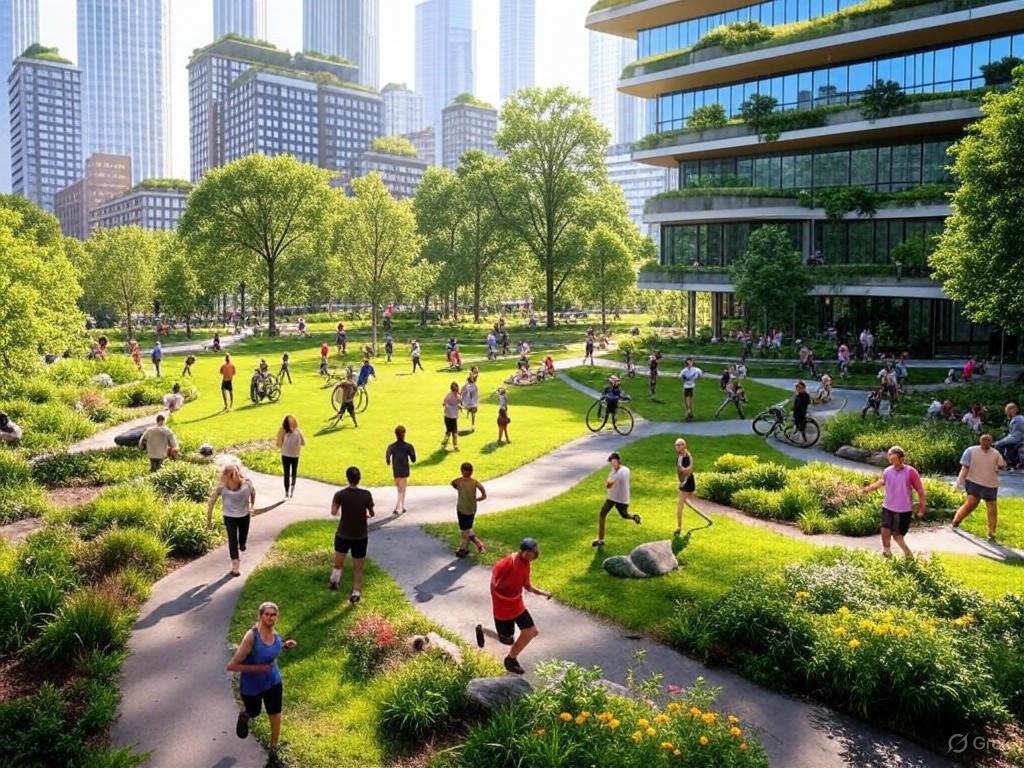Green infrastructure, which refers to a network of natural and semi-natural areas that support ecosystem services and biodiversity, is playing an increasingly important role in urban health and sustainability efforts. By incorporating features like parks, green roofs, and urban forests into city spaces, green infrastructure can promote both physical and mental well-being while addressing environmental challenges.
Integrating green spaces into urban planning is no small feat, as highlighted in a recent study from Frontiers in Public Health. The research underscores that green spaces significantly reduce chronic disease incidence by improving air quality and providing areas for physical activity. This improvement isn't limited to physical health benefits; the mental health advantages are equally profound. The study notes reductions in depression and anxiety among older adults when they have access to well-maintained green spaces. This underlines that strategic planning of these areas can lead to a happier and healthier urban populace.
Another report from Oregon State University emphasizes the necessity of outdoor environments for mental health, especially in crisis times like the COVID-19 pandemic. It was found that such environments provided significant psychological benefits, aiding community resilience by serving as stress buffers. This finding aligns with broader efforts of prioritizing access to green space as an essential aspect of public health infrastructure, not just a luxury. The impetus is on policymakers to incorporate these insights into urban development frameworks to foster environments that cater to both physical health and emotional well-being.
The economic viability of green infrastructure also became evident in a notable project in Skowhegan, Maine. According to the National Governors Association, development projects that incorporate green infrastructure not only enhance local biodiversity but also boost community engagement and tourism. For instance, Skowhegan’s investment in a trail network and whitewater park demonstrates how green spaces can become an economic driver while simultaneously offering social and ecological benefits. The case study highlights that such projects, though initially costly, pay off by increasing tourism and local business growth, ultimately enhancing the town's vibrancy and economic resilience.
Incorporating green infrastructure into urban settings should be approached as a holistic strategy that bolsters urban resilience. Investments in such infrastructure pay dividends by improving the quality of life, enhancing urban aesthetics, and fortifying the environment. The integrated approach, combining ecological, economic, and social dimensions, provides a robust framework for sustainable urban development. To continue progress, cities must prioritize green infrastructure in policy agendas, ensuring these vital spaces are accessible to all community members.
References:
2. OSU’s HEAL Lab. “Research Shows Outdoor Recreation Not Luxury: Public Health Necessity
3. Maine – Innovative Travel, Tourism, and Outdoor Recreation Case Study







